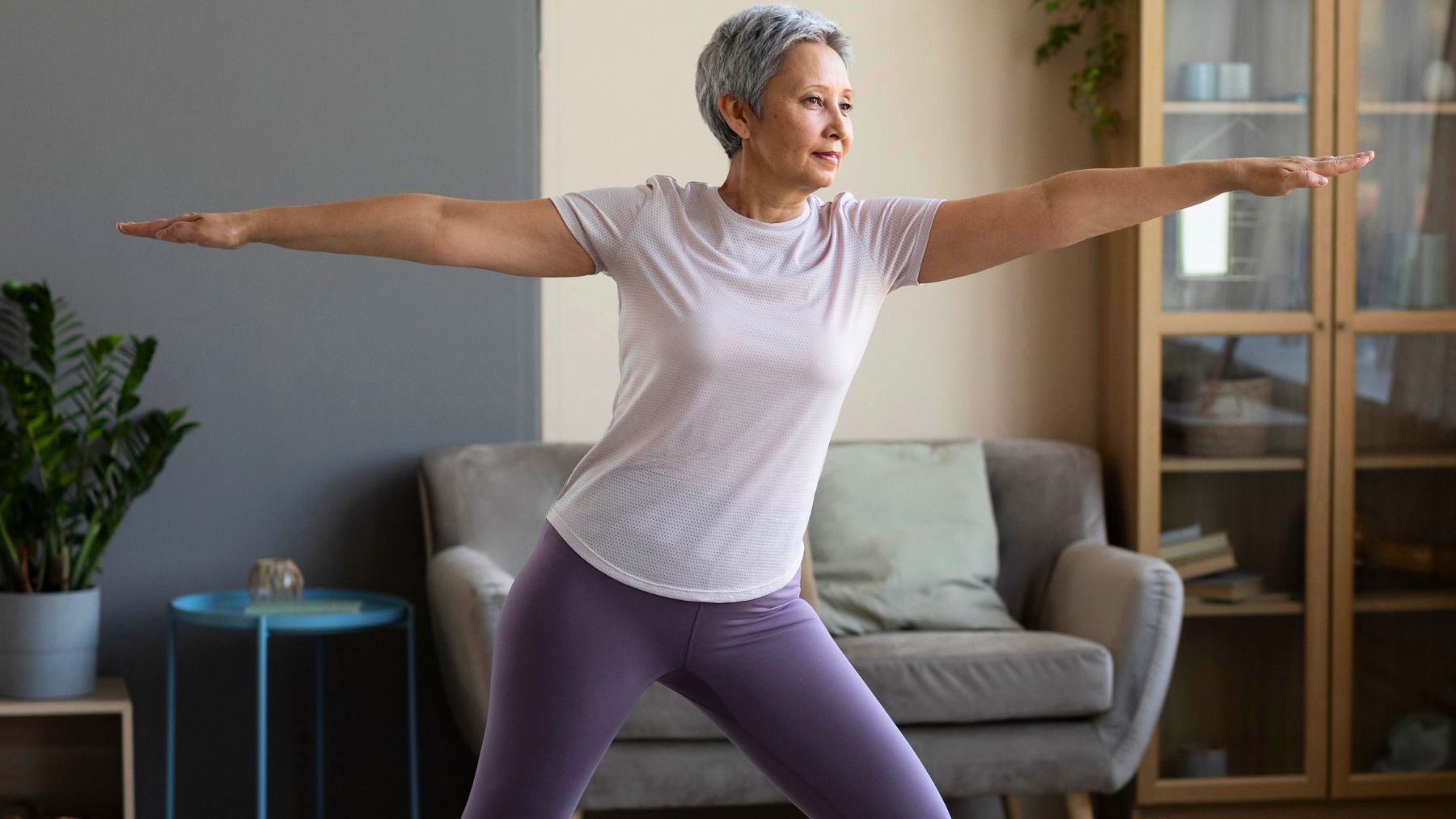Building muscle after 60 doesn’t require elaborate training or intense aerobic routines. You can include in your workouts a versatile tool that makes things simpler and more dynamic: resistance bands. One exercise in particular stands out for its effectiveness and ease of use, and that’s the resistance band row.
This exercise develops muscle mass without overloading joints. It engages the major muscle groups while reducing the risk of injury, which is especially important for seniors. Here, we’ll examine why this exercise works so well for aging bodies and explore practical ways to integrate it into a personalized fitness routine.
Resistance band rows: a safe way for seniors over 60 to build muscle mass
Resistance band rows target the back, shoulders, and arms, critical areas for everyday tasks such as carrying groceries or opening doors. Unlike traditional free weights, resistance bands create adaptive tension that follows your movement, reducing stress on your joints.
This dynamic resistance is especially beneficial for those with arthritis, mobility limitations, or those undergoing rehabilitation. The movement also helps improve posture by counteracting the forward hunch that often develops with age, which can help alleviate back pain.
To perform a resistance band row, position yourself in a seated or standing stance with the band looped securely around a stable object (such as a doorknob) at chest height. Grasp the ends with both hands, step back to generate tension, and then pull the band toward your torso while squeezing your shoulder blades together.
As your strength improves, you can adjust the resistance by shortening the band or switching to one with greater thickness. Regular sessions two to three times per week can lead to significant gains in muscle tone and functional strength.
Additional muscle-building exercises for older adults
Following the benefits of resistance band rows, other exercises can further enhance your strength and functional mobility.
- Seated leg presses: Place one foot firmly on the resistance band so that your knee is bent at approximately a 90-degree angle. With your core engaged, push steadily in a controlled manner, extending your legs without locking your knees. Concentrate on pushing through your heels to fully activate your muscle groups.
- Wall push-ups: Stand facing a wall with your hands placed at shoulder-width apart and slowly lower your chest toward the surface. This modified version of traditional push-ups protects the wrists and shoulders.
- Modified planks: Instead of balancing on your toes, position yourself on your forearms with your knees resting on the floor. Hold this posture for 10–20 seconds to build core stability without placing undue pressure on your spine.
- Step-ups: Use a low, sturdy step or platform and step upward with one leg, then bring the other leg to follow. Focus on controlled movements to build strength and improve balance.
Remember to include rest days to enable muscle recovery and always emphasize proper form over repetitions to prevent injury and ensure steady progress in your strength-training regimen.
Begin gradually, monitor your progress carefully, and consult a physical therapist or fitness professional to tailor your workout plan to your unique needs.

